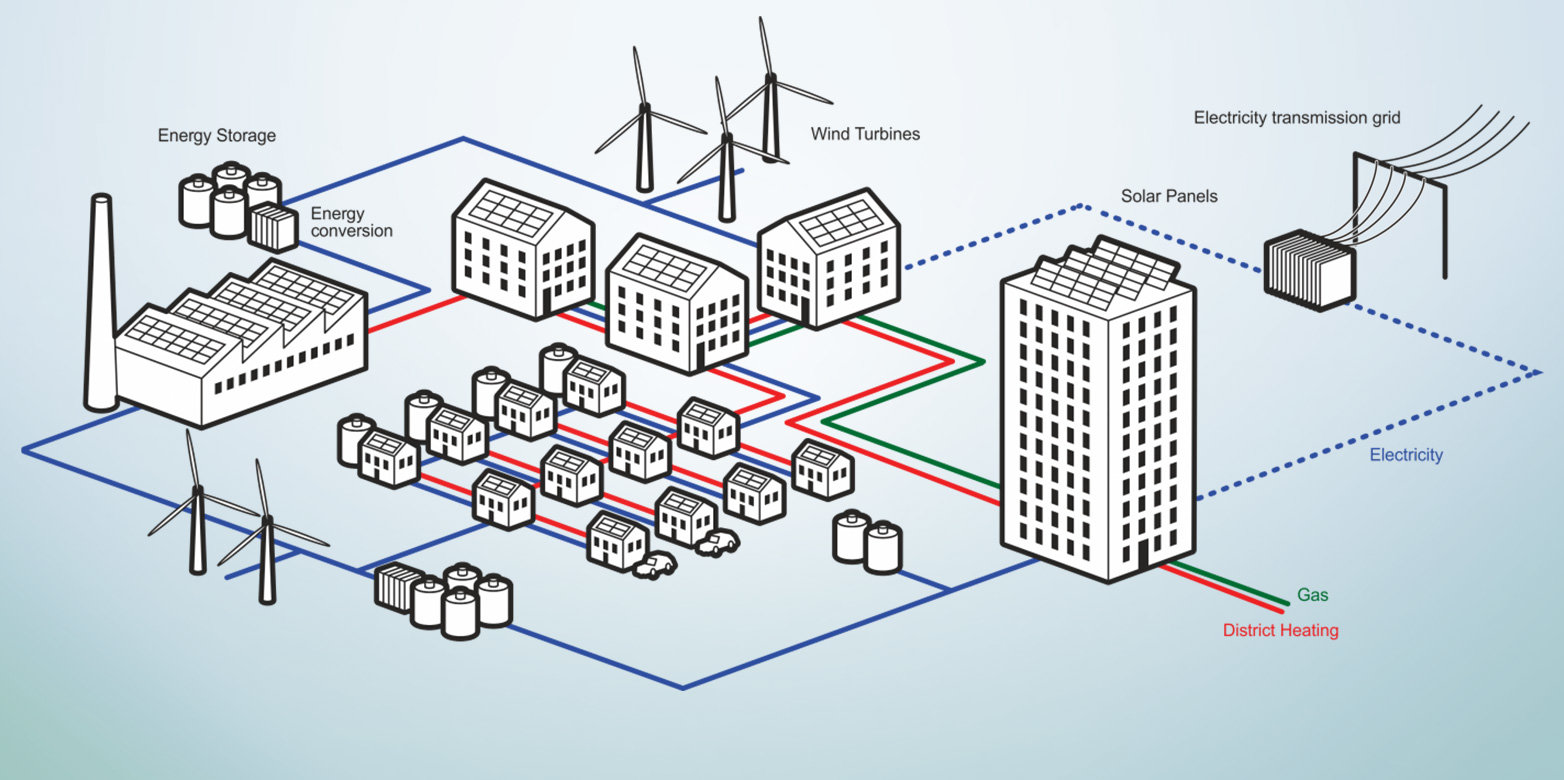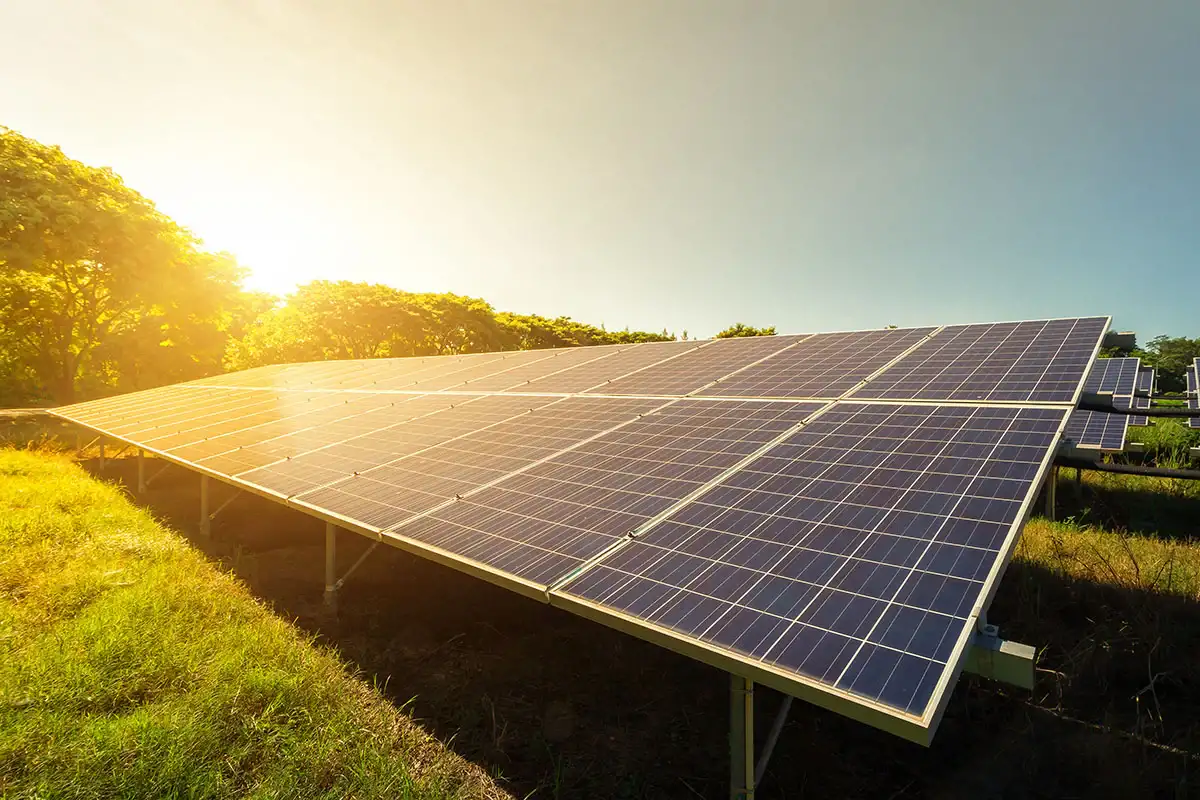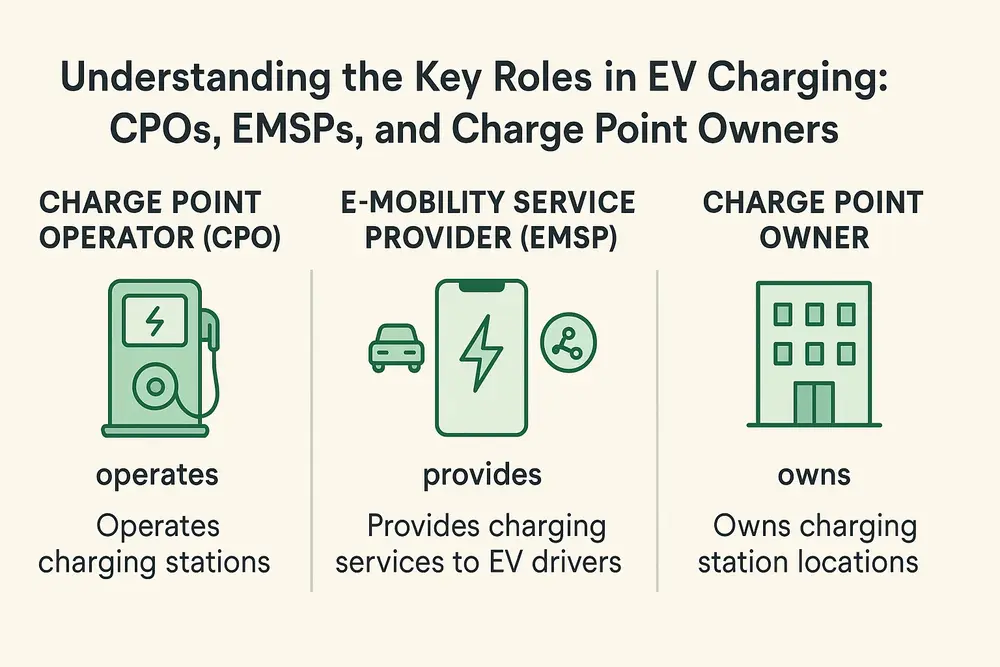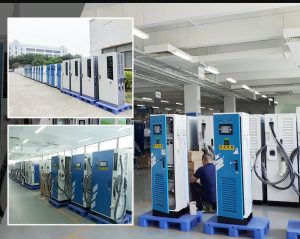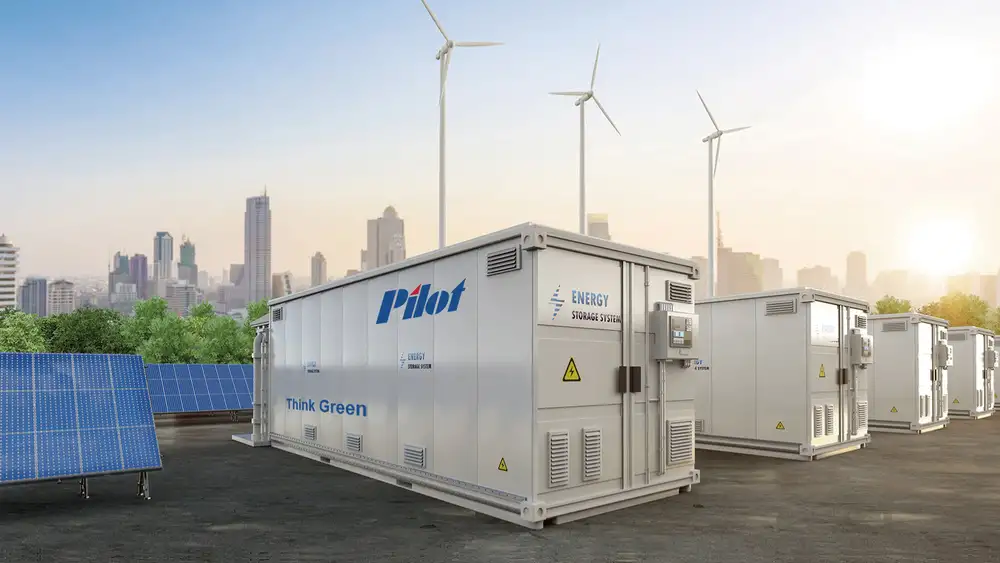
Products
Fast, Reliable, Everywhere

Solutions
Efficient, Innovative EV Charging Solutions.
News
We are committed to the innovation and application of EV charging.
As electric vehicles (EVs) become mainstream, understanding the differences between AC (Alternating Current) and DC (Direct Current) charging is crucial for both EV owners and businesses exploring EV infrastructure. While both types of current are essential in the EV charging ecosystem, they serve different purposes and use cases.
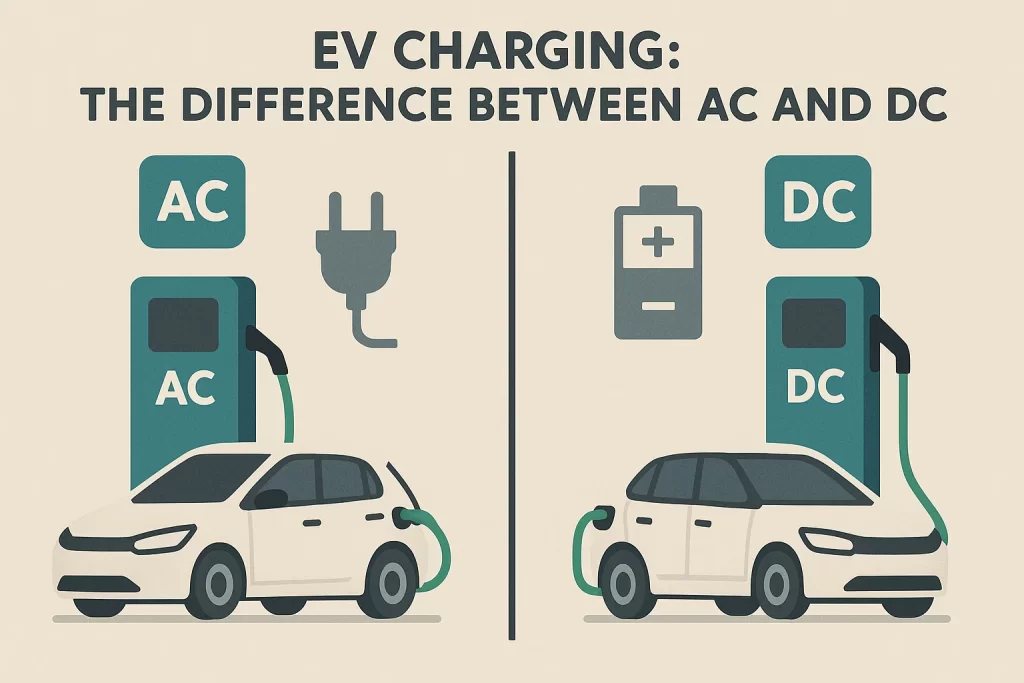
To begin with:
Electricity from the grid is always AC.
EV batteries, like all batteries, can only store DC.
So regardless of how you charge an EV, AC power must always be converted into DC before it can be stored in the battery. The key difference between AC and DC charging lies in where this conversion happens—inside the vehicle or inside the charger.
AC charging is the most common type of EV charging available for residential setups and many public stations. It uses the onboard charger inside your EV to convert AC to DC. However, this internal converter has limited capacity, which means charging speeds are slower—usually ideal for overnight home charging or locations where drivers will stay for hours, such as offices or shopping malls.
Key points about AC charging:
Most accessible and cost-effective option.
Uses the car’s onboard converter to process power.
Power output typically ranges between 3.7 kW and 22 kW.
Ideal for home, workplace, and long-term parking.
DC fast charging bypasses the vehicle’s internal converter by handling the AC-to-DC conversion within the charging station itself. This enables much higher power delivery, which translates into significantly faster charging times.
DC chargers are commonly found along highways, in fleet depots, and at commercial EV charging hubs where fast turnaround is critical.
Key features of DC charging:
Faster charging by converting power externally.
Power output ranges from 50 kW to 400+ kW.
Capable of delivering 100+ miles of range in under 30 minutes.
Ideal for long-distance travel and high-traffic public stations.
The charging curve reflects how power is delivered over time.
AC charging delivers a relatively flat power output because of the limited onboard converter.
DC charging starts strong but tapers off as the battery nears full capacity—much like pouring water into a cup quickly at first, then more slowly to avoid spilling.
This tapering is why DC charging slows down after reaching 80% battery capacity, helping preserve battery health.
Each charging method has its pros and cons:
| Feature | AC Charging | DC Charging |
|---|---|---|
| Location | Home, offices, retail parking | Highway stops, commercial hubs |
| Speed | 3–22 kW (slow to moderate) | 50–400+ kW (fast to ultra-fast) |
| Conversion location | Inside the EV | Inside the charging station |
| Installation cost | Lower | Higher |
| Best use case | Overnight and long-term charging | Quick top-ups during long trips |
While DC charging is excellent for fast, on-the-go use, it's not suitable for home installations due to cost and infrastructure demands. AC charging remains the go-to solution for daily charging needs thanks to its affordability and widespread availability.
This is a common misconception. Most modern EVs are built to handle high-speed DC charging safely. Battery management systems are designed to control heat and limit charging rates as needed, so regular DC charging—especially when used responsibly—is generally safe.
As EV adoption accelerates, knowing when and where to use AC or DC charging can:
Improve your charging efficiency
Save on energy costs
Extend your battery lifespan
For businesses, selecting the right mix of AC and DC chargers can attract more customers and optimize operational costs.
Want to Dive Deeper into EV Charging?
Whether you're new to electric vehicles or planning to install charging infrastructure at your business, understanding the full EV charging ecosystem is essential. Explore our in-depth EV charging guides to learn about charger types, payment systems, installation requirements, and more.
